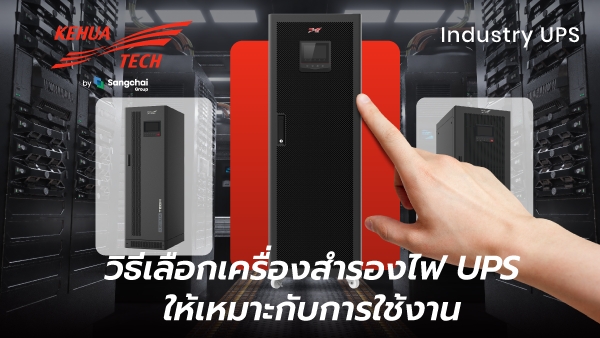Plate heat exchangers
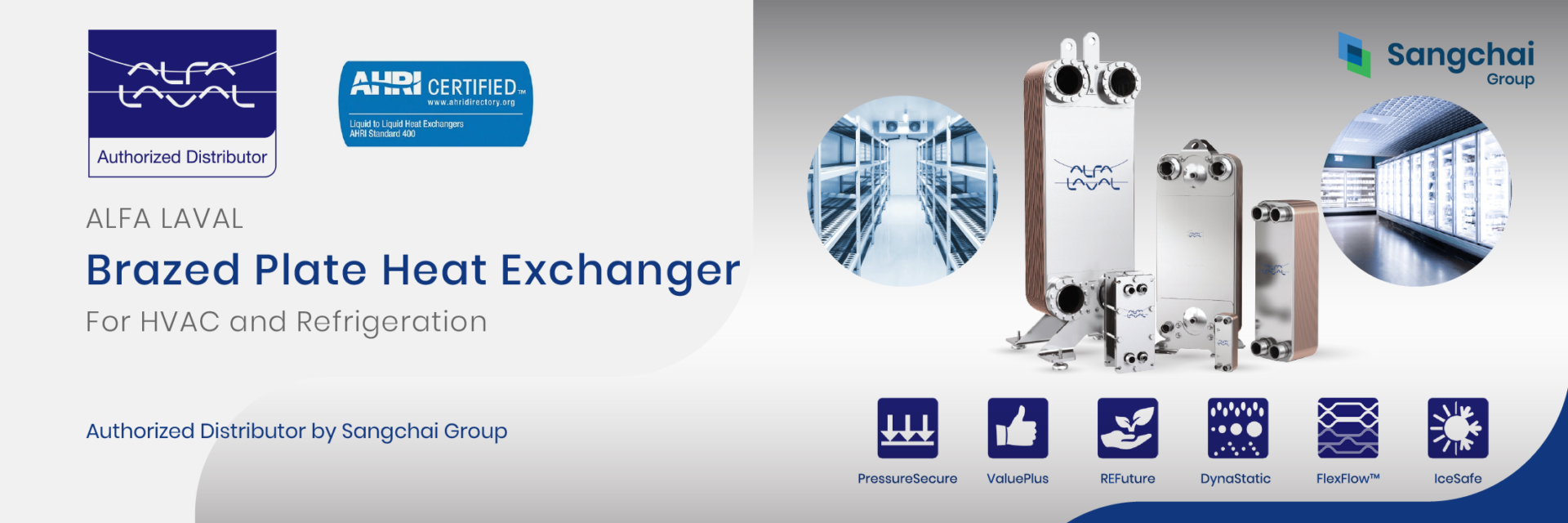
What are plate heat exchangers?
A plate heat exchanger (PHE) is a heat exchanger that uses metal plates to transfer heat between two liquids by stacking several heat exchanger plates on top of each other. and let the liquid flow through each area plate heat exchanger British researcher Dr. Richard Seligman invented the first heat exchanger in 1923. Later in the year 2430, stainless steel plates are used to manufacture plate exchangers. heat and has been developed to withstand more pressure at the point of use.
Today's heat exchangers are powerful enough for both heating and cooling.

* Heat is transferred through a partition wall, usually made of some metal.
how does it work?
The working principle of plate heat exchanger is designed to optimize heat transfer. by bringing together several metal plates Then let the liquid flow through the gaps in each sheet alternately. Therefore, the two liquids do not come into direct contact with each other. Therefore, heat transfer takes place through the cross-sectional area of each sheet. which plate heat exchanger It is designed with a corrugated embossing pattern to increase the contact area where gaskets are attached or welded together. Plate heat exchangers are then compressed together. To create a parallel flow channel arrangement of one fluid flowing in one channel and another flowing in another.

Strength
1) It has a high heat transfer coefficient. Because the plate heat exchanger is designed to allow liquids to flow in opposite directions. Small flow rate with high heat transfer coefficient. It is especially suitable for heat exchange of highly viscous liquids with precise heat transfer.
2) The required amount of heat transfer area can be adjusted by increasing or decreasing the plate heat exchanger.
3) The structure is small Can reduce installation costs, suitable for limited applications and are cheap.
4) Plate heat exchangers require a small installation space. This saves installation space. and can be installed vertically
5) It is environmentally friendly. Installation work requires very little equipment. Reduce costs incurred from machinery such as other expenses arising from the design, development, production, use, maintenance and various support etc.
Instructions
The liquid must be clean. because if there is something mixed up Plate heat exchangers can cause clogging and eventually cracking.
Why choose Alfa Laval Plate heat exchangers?

Alfa Laval is a leading global provider of first-class products in heat exchange, separation and fluid handling. With this in mind, Alfa Laval aims to help increase the efficiency and competitiveness of its customers in various industries around the world. And due to its wide range of applications, Alfa Laval has developed Plate Heat Exchangers. Exchanger) to suit a variety of applications. To meet the needs of customers as much as possible and with the most efficient
Recommendations for using plate heat exchangers
Alfa Laval Plate heat exchangers can be used in a wide range of applications such as air conditioning applications. refrigeration system work, etc.
Examples of applications of air conditioning systems
District heating

District cooling

Local cooling

District heating

Examples of applications in cooling systems
Agricultural production

Retail
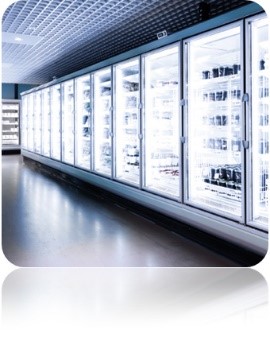
Restaurants

Winter sports

Private and commercial
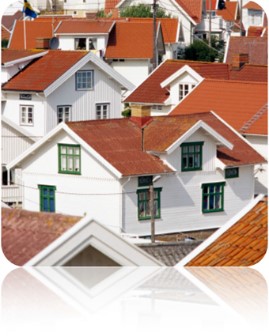
Marine refrigeration

Introducing some interesting Alfa Laval Plate heat exchangers.
At present, Sangchai Group Co., Ltd. has been entrusted to be the official distributor of Alfa Laval Plate heat exchangers.
Alfa Laval CB
Copper Brazed
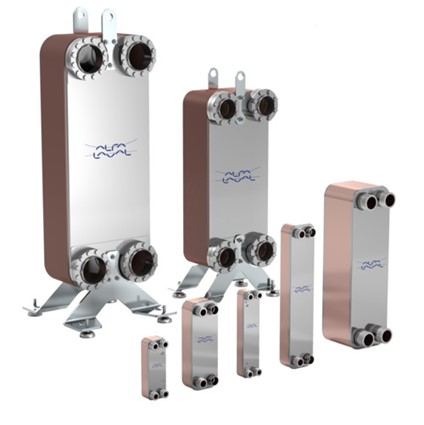
Alfa Laval DOC
Dedicated Oil Cooler

Alfa Laval AC
Alfa Chill

Alfa Laval AXP
Alfa X-treme Pressure

Features of Plate heat exchangers Alfa Laval CB – Copper Brazed
- Pressure and temperature limits. Can be used for working pressures up to 32 bar/464 psi.
- The CB range includes CB, CBH and CBXP, capable of withstanding pressures up to 85 bar/1232 psi.
- The temperature range is: -196 to 225 degrees Celsius/ -321 to 437 degrees Fahrenheit.
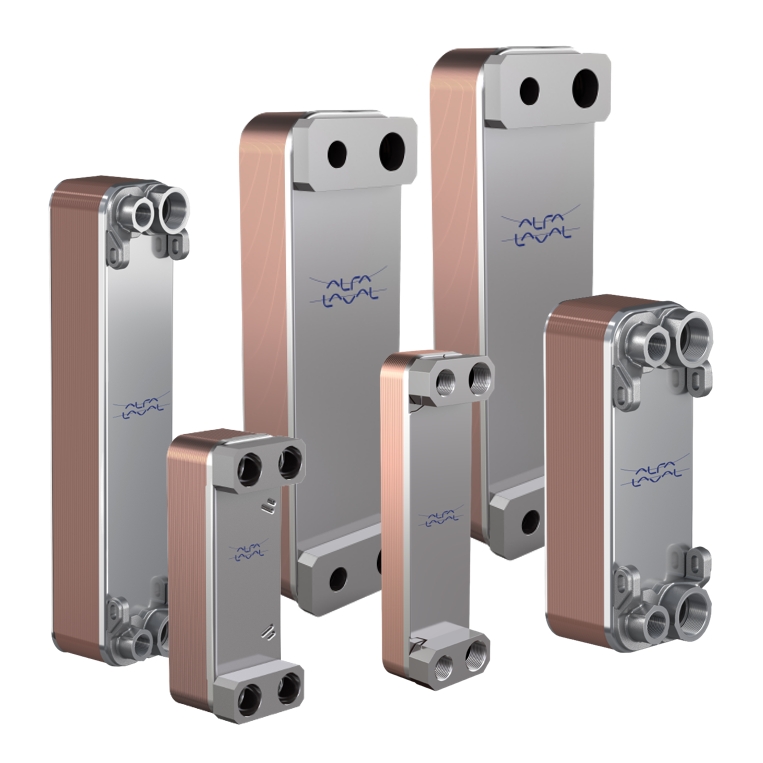
Features of Plate heat exchangers Alfa Laval DOC – Dedicated Oil Cooler
- Pressure and temperature limits. Can be used for working pressures up to 40 bar/580 psi.
- The temperature range is: -196 to 225 degrees Celsius/ -321 to 437 degrees Fahrenheit.

Features of Plate heat exchangers Alfa Laval AXP – Alfa X-treme Pressure
- Pressure and temperature limits. Can be used with a maximum pressure of 154 bar/2233 psi.
- The temperature range is: -196 to 225 degrees Celsius/ -321 to 437 degrees Fahrenheit.
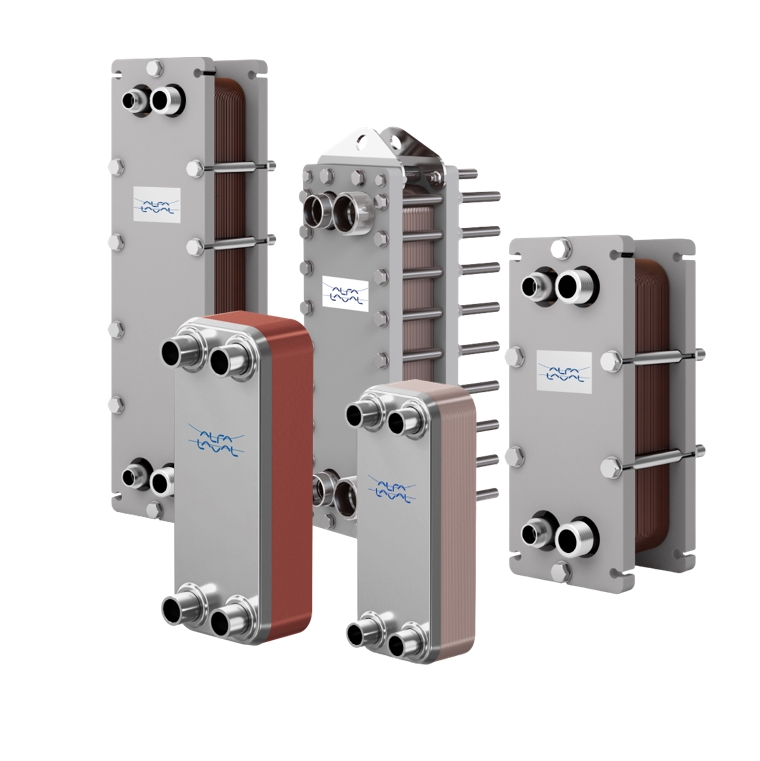
Features of Plate heat exchangers Alfa Laval AC – Alfa Chill
- Pressure and temperature limits. Can be used with a maximum pressure of 32 bar/464 psi.
- AC range includes AC and ACH capable of withstanding pressures up to 48 bar/696 psi.
- The temperature range is: -196 to 225 degrees Celsius/ -321 to 437 degrees Fahrenheit.
- Model AC Capacity from 5 to 1000 kW.
- With high-voltage resistance, the AC model can also function as a condenser in a reversing system.
Application of Plate heat exchangers Alfa Laval AC – Alfa Chill
- Evaporator or condenser for heat pumps and chillers
- Economizers
- Air conditioning
Comparison of differences between Standard brazed plate heat exchanger vs Alfa Laval AC-series.
Alfa Laval AC – Alfa Chill
Refrigerant distribution system
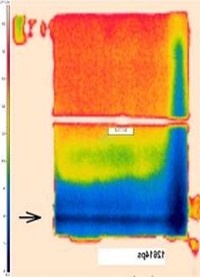
Standard brazed plate heat exchanger
Some channels receive more liquid refrigerant than others. This results in reduced performance.
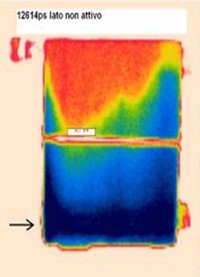
Alfa Laval AC-series
The fluid distribution system creates an even fluid pattern and maximized performance
Examples of connections Alfa Laval Plate heat exchangers
Standard brazed plate heat exchanger vs Alfa Laval AC-series for duct installation and piping. Alfa Laval Plate Heat Exchanger supports a wide range of connections to suit every need with four options:

Alfa Laval AC – Alfa Chill
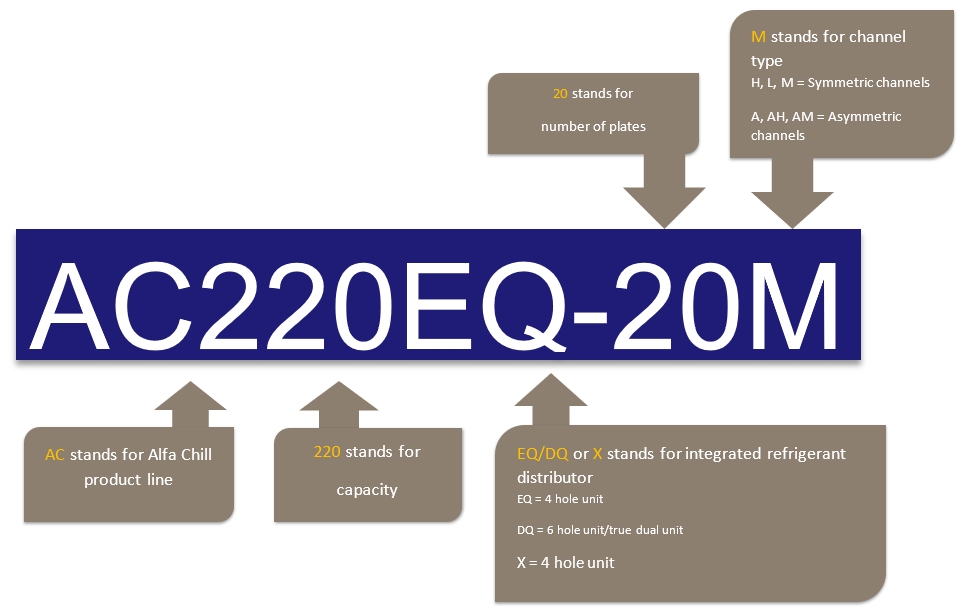
For more information. Please contacted here or call 02-446-5656 or 061-747-1331.


